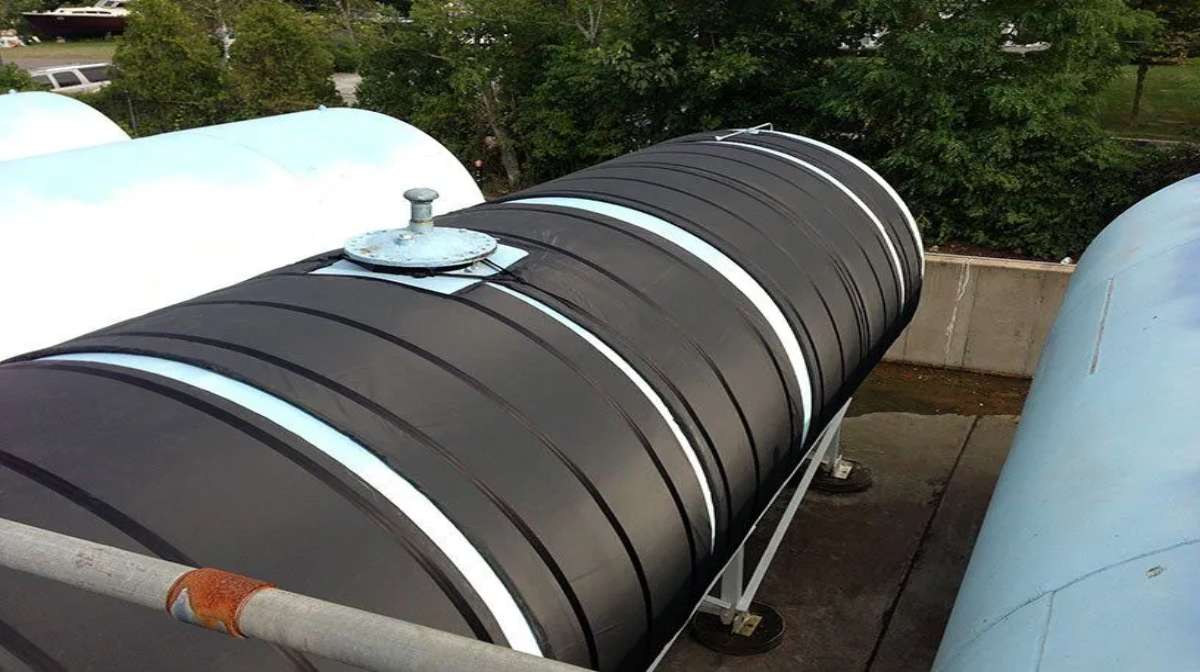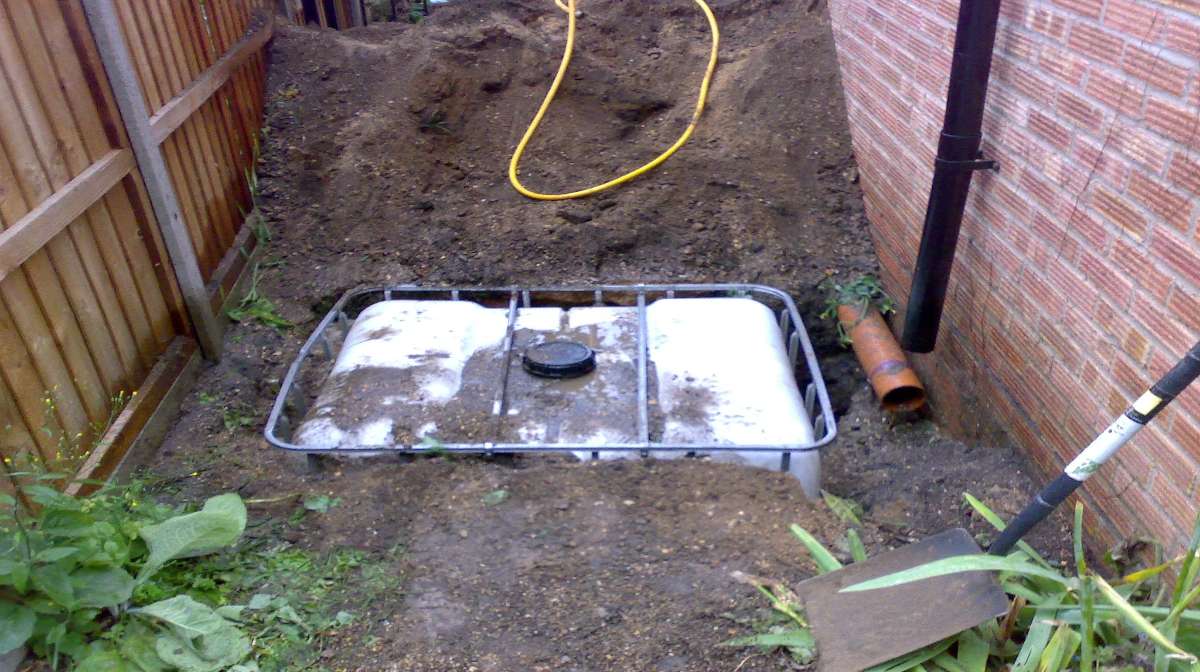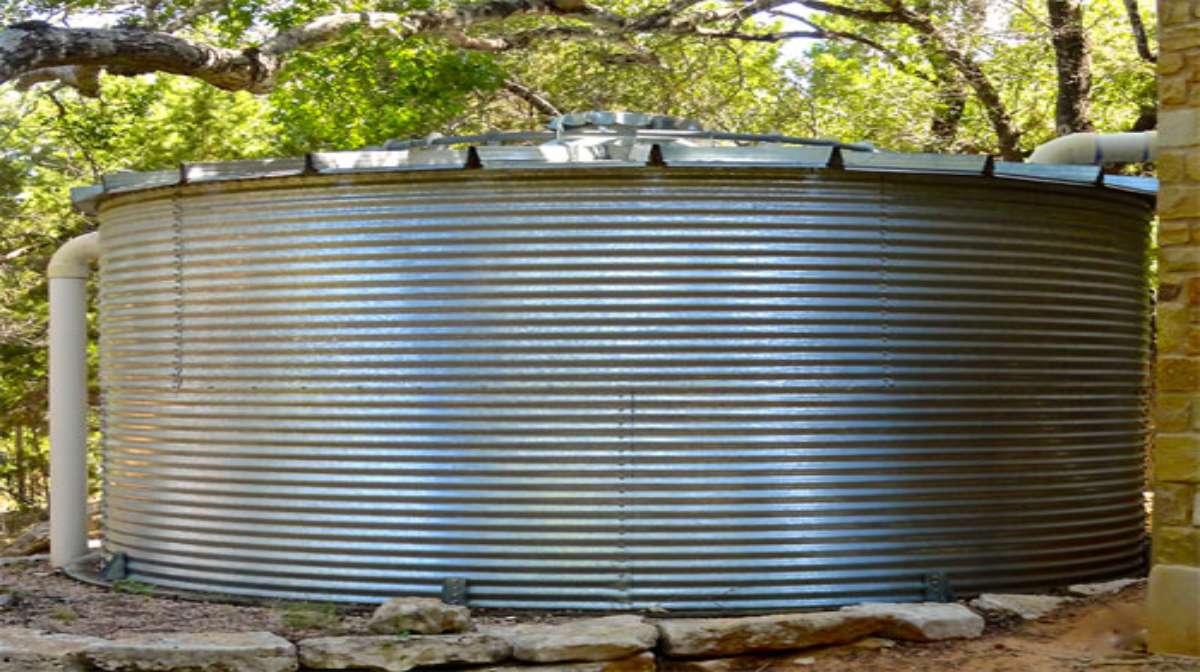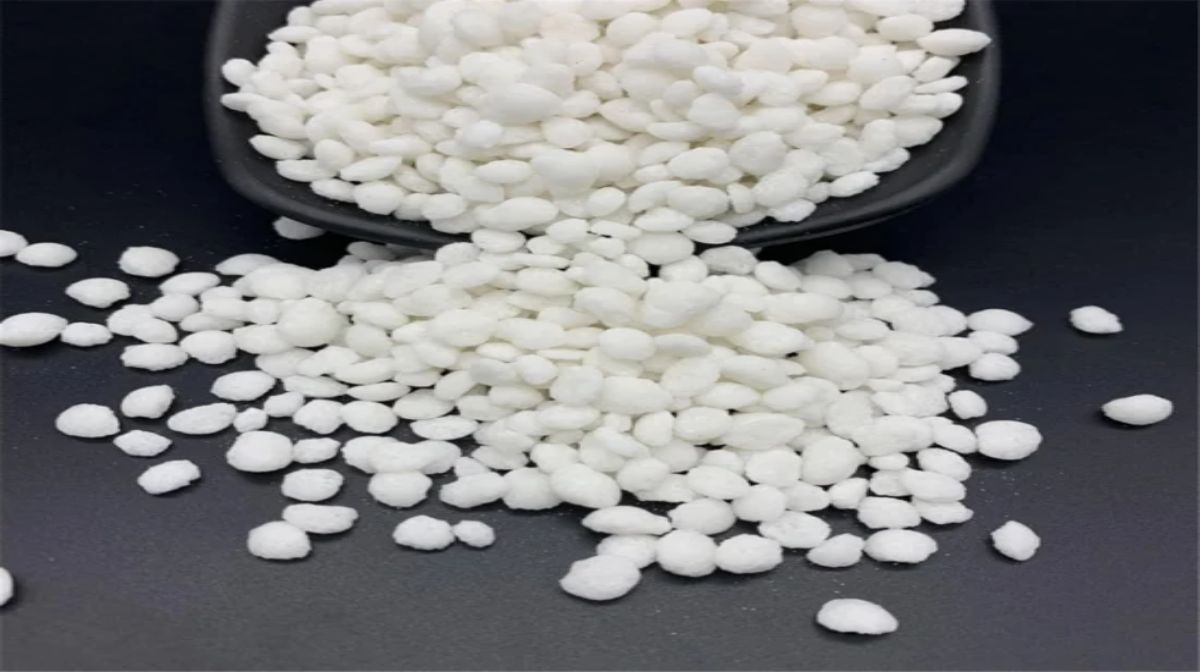In the world of prepping, there is a big challenge when it comes to keeping water from turning into ice when it’s freezing outside. When temperatures drop, and things get tough, knowing how to stop water from freezing becomes super important. This guide is here to show you clever ways to do that.
The best way to prevent water from freezing outdoors is to use thermal containers, insulate or bury them underground, or place water containers in a sunny spot to maintain a consistent temperature. Prioritize strategic placement, proper insulation, and use of available heat sources.
This article will explore different practical methods for keeping water from freezing outside. Whether you’re a homeowner or a prepper, these techniques ensure your water stays flowing even in the coldest temperatures.
9 Proven Ways To Keep Water From Freezing Outside
If you want to keep your water from freezing outside, there are several methods you can try.
1. Using thermal containers.
To prepare for winter and keep water from freezing outside, thermal containers can help retain heat.

Thermal insulation techniques are crucial in preventing water from freezing in low temperatures. Effective container materials, such as double-walled stainless steel or vacuum-insulated bottles, provide excellent thermal insulation properties.
These materials minimize heat transfer between the surroundings and the water inside the container, keeping it at a higher temperature for extended periods. Additionally, temperature regulation methods like adding insulating sleeves or using hot packs can further enhance the container’s ability to maintain warmth.
To prevent condensation in thermal containers, it’s essential to choose containers with anti-condensation technology or use desiccants to absorb excess moisture.
Lastly, for long-term storage solutions outdoors, consider insulated coolers that provide extended protection against freezing temperatures and ensure your water remains liquid even during harsh weather conditions.
2. Insulating water containers.
Ensure your water storage containers are appropriately insulated to protect them from freezing temperatures. Insulating materials play a crucial role in preventing water from turning into ice. DIY insulating techniques can be cost-effective and efficient in keeping your water unfrozen.
One of the benefits of insulating water containers is that it helps maintain the temperature for an extended period, ensuring a steady supply of non-frozen water. Opt for high thermal resistance, like foam or fiberglass, when choosing insulation materials. Avoid common mistakes such as using inadequate insulation or leaving gaps in the insulation layers.
Additionally, consider cost-effective options like using bubble wrap or reflective foil to provide additional insulation to your containers. Properly insulating your water containers will help you avoid frozen water and ensure its availability during cold weather.
3. Burying water containers underground.
Underground storage provides an effective method of maintaining water temperature by utilizing the natural insulating properties of soil.

The surrounding soil is a barrier, protecting the containers from extreme cold and fluctuating temperatures. This insulation helps prevent frost formation on the exterior of the containers, allowing them to remain at a more stable temperature.
In addition to soil insulation, various thawing methods can be employed to ensure access to water during freezing conditions. These methods include using heated blankets or pads around the containers or installing heating elements directly into the surrounding soil.
4. Using a steel tank.
A steel tank provides a durable and reliable solution for maintaining a consistent water temperature underground.

Steel tanks are advantageous because they offer excellent insulation properties, keeping the water from freezing even in extremely cold conditions.
Maintenance is minimal, requiring occasional inspection for leaks and regular cleaning to prevent the buildup of sediment or bacteria. The cost of a steel tank may vary depending on its size and features, but it’s generally affordable compared to other options.
Installation is straightforward, with professionals ensuring proper placement and connection to the water supply system. The durability of steel tanks is unmatched, as they’re resistant to corrosion and can withstand harsh weather conditions.
5. Placing water containers in a sunny spot.
Positioning your water containers in a sunlit area is an effective method for maintaining a consistent temperature and safeguarding against extreme cold conditions.
Solar heating is a natural and efficient way to keep water from freezing outside. Placing your containers in direct sunlight will absorb the heat, preventing the water from reaching freezing temperatures.
Additionally, using reflective surfaces such as aluminum foil or mirrors can enhance solar heating by redirecting more sunlight toward the containers.
To further protect against freezing, shielding your containers from strong winds is vital. Wind can rapidly cool down the water and accelerate freezing. Creating wind barriers with fences or walls can help maintain higher temperatures around the containers.
Using black containers is also recommended as they absorb more heat compared to lighter colors that reflect it. The absorbed heat helps keep the water warmer for longer periods.
6. Building a greenhouse.
Building a greenhouse is an effective solution to keep water from freezing outside.

Greenhouse construction involves careful planning and consideration of various factors such as ventilation, maintenance, heating, and the types of plants you want to cultivate.
Proper greenhouse ventilation is crucial for maintaining optimal temperature and humidity levels while preventing condensation that can lead to mold or diseases.
Regular maintenance tasks like cleaning and inspecting the structure ensure its longevity and efficiency. Also, greenhouse heating systems provide supplemental heat during colder months, protecting your plants from freezing temperatures.
7. Placing floating objects to disrupt ice formation.
One creative and innovative solution is to strategically place floating objects to prevent ice formation on bodies of water outdoors. This method offers several benefits, such as disrupting the freezing process by creating movement and preventing a solid layer of ice from forming.
Various floating objects, including plastic balls, foam noodles, or even empty plastic bottles, can be utilized. By scattering these objects across the water’s surface, their presence will impede the formation of ice crystals and inhibit complete freezing. However, it’s crucial to position them in a way that maximizes their effectiveness.
Placing the objects in areas with high wind exposure or strong currents will ensure constant movement and disruption of ice formation. It’s important to note that while this method is effective for small bodies of water or ponds, it may have limitations in larger bodies like lakes due to increased wind resistance.
8. Putting water additives.

You can enhance your outdoor water experience by simply adding water additives.
There are different types of additives available, each with its own benefits. Some common types include antifreeze agents, such as ethylene glycol or propylene glycol, which lower the freezing point of water. Other additives, like salt or calcium chloride, create a brine solution that lowers the freezing point.
The effectiveness of these additives depends on the concentration used and the temperatures they are exposed to. It’s essential to properly apply these additives by following the manufacturer’s instructions and guidelines for safe usage.
9. Using chemical heat packs.
Chemical heat packs are designed to generate heat through chemical reactions, aiding in temperature regulation and ensuring that water remains unfrozen.
Chemical heat packs work by activating the chemicals inside the pack, producing a controlled and sustained amount of heat. This allows you to maintain the desired temperature of your water source, preventing it from freezing even in cold weather conditions.
By incorporating chemical heat packs into your preventative measures, you can confidently enjoy various outdoor activities while keeping your water readily available and safe from frosty temperatures.
What to Do If Your Pipes Freeze
If your pipes freeze, you must act quickly to prevent further damage. Preventing frozen pipes is vital, and there are a few steps you can take to minimize the risk.

First, make sure all exterior pipes are correctly insulated. This can be done using foam pipe insulation or heat tape. Insulating pipes effectively will help keep them warm even in freezing temperatures.
Thawing frozen pipes is another crucial step in preventing further damage. You can start by turning off the main water supply to your house. Then, use a hairdryer or heat gun to gently warm the frozen section of the pipe. Be careful not to use an open flame, which could cause damage or fire.
Signs of frozen pipes include:
- no running water
- frost on visible pipes
- strange smells coming from faucets
- bulging or cracked pipes.
If you notice any of these signs, taking immediate action is essential.
Common causes of frozen pipes include extreme cold weather, poor insulation, and drafts near exposed plumbing. You can significantly reduce the risk of freezing by addressing these issues and taking preventative measures such as insulating your pipes and ensuring proper ventilation in colder areas of your home.
Keep Your Water Safe and Secure in the Cold!
In conclusion, there are several ways to keep water from freezing outside. The best method for you will depend on your specific circumstances and needs. If you are a prepper, consider burying your water containers underground or using insulated water containers.
No matter which method you choose, preventing water from freezing outside is vital. This is especially important in areas with cold winters or for preppers who need a reliable water source in case of an emergency.
By following the tips in this article, you can help to keep your water from freezing and ensure that you have a safe and reliable source of water, no matter what the weather.
As a prepper, you might also be interested in discovering how to find water in the desert.

My solution: Live in Florida.